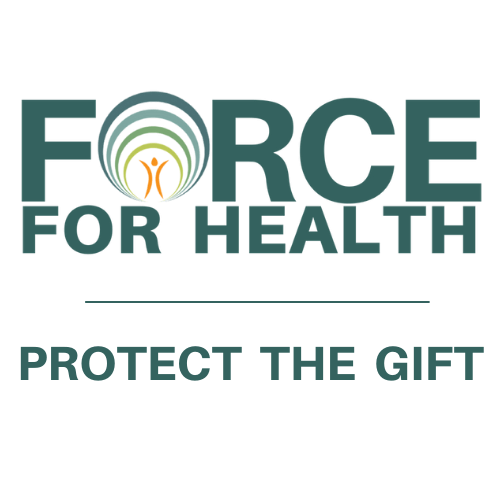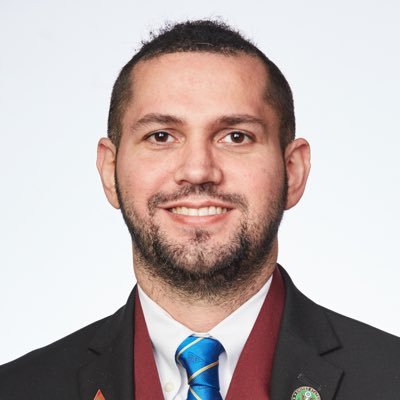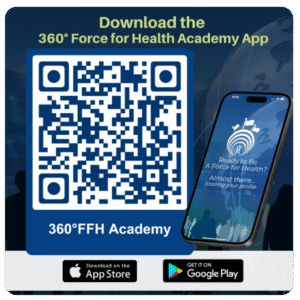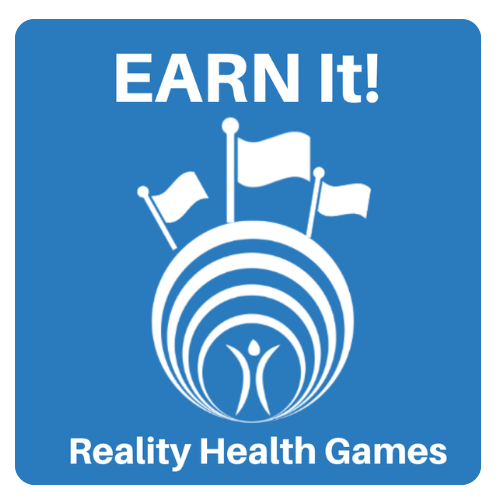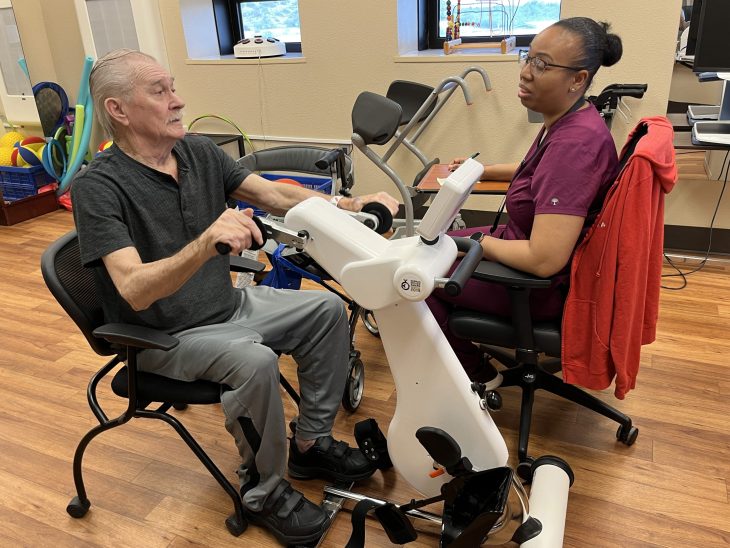
VA Community Living Center helps Veteran walk again
Army Veteran Milton McDonald is walking again thanks to VA.
When heart surgery resulted in a life-threatening infection, the team at the West Texas VA Community Living Center (CLC) in Big Spring, Texas, put the 77-year-old back on his feet.
Designed as a bridge between hospitalization and home, the CLC provides short-term rehabilitation, skilled nursing and restorative therapies for Veterans recovering from surgery, illness or injury.
A medical crisis

McDonald underwent surgery in a non-VA hospital to correct atrial fibrillation, a serious heart rhythm disorder. While the procedure itself was successful, McDonald developed sepsis, a dangerous bloodstream infection that rapidly weakened him.
Unable to sit up, walk or even stand, McDonald was transferred to the CLC at the George H. O’Brien, Jr. VA Medical Center.
Nancy Brunson, nurse manager at the CLC, explained that McDonald required immediate care due to the severity of his infection and recent surgery. She said that his recovery began the moment he entered the facility.
Personalized, team-based recovery
Every Veteran admitted to the CLC receives a personalized care plan crafted by a team of physicians, nurses, therapists, dietitians, social workers and recreation specialists. The team looks beyond medical diagnoses to support the whole person, focusing on what matters most: restoring function, purpose and independence.
“From the moment I got here, they treated me very well,” McDonald said. “I was a mess. I couldn’t move across a room without getting tired. Now I can move without a wheelchair.”
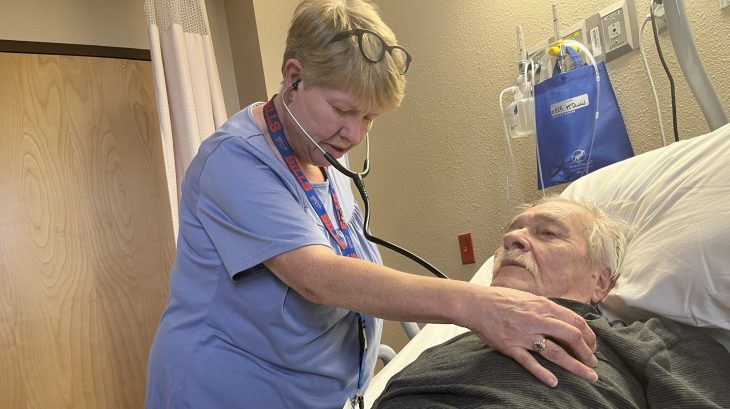
Through intensive therapy, McDonald gradually rebuilt his strength. Physical therapy focused on improving balance, endurance and mobility, while occupational therapy helped him regain the skills needed for daily living, such as dressing, grooming and preparing meals.
The staff also used adaptive equipment and real-world simulations to help McDonald prepare for life at home.
McDonald was determined not to spend the rest of his life in a wheelchair and that drive motivated him during his recovery. From the day he arrived at the CLC, he said the staff gave him hope and encouraged him to progress from using a wheelchair to a walker, restoring his independence.
Veteran-centered care
McDonald’s story is just one of many at the CLC. “Our mission is to empower Veterans,” Brunson said. “Whether they go home or move on to another stage of care, we want them to know they’re not alone on this journey.”
“I’m ready to get back home,” said McDonald with a smile. “Thanks to everyone here, I’m finally strong enough to do it.”

